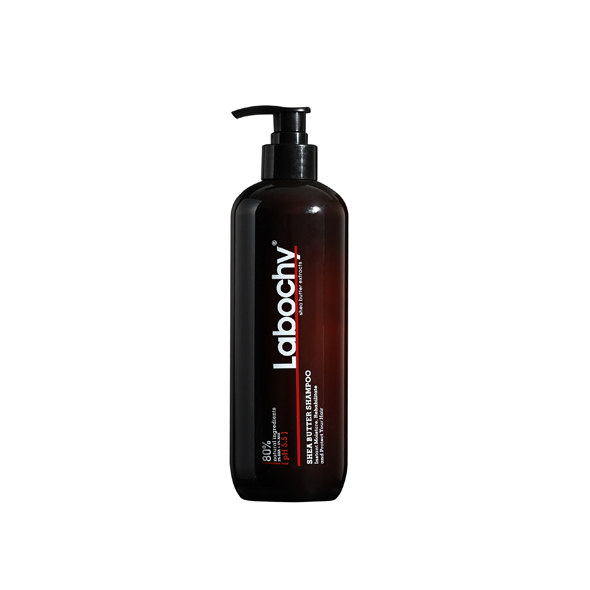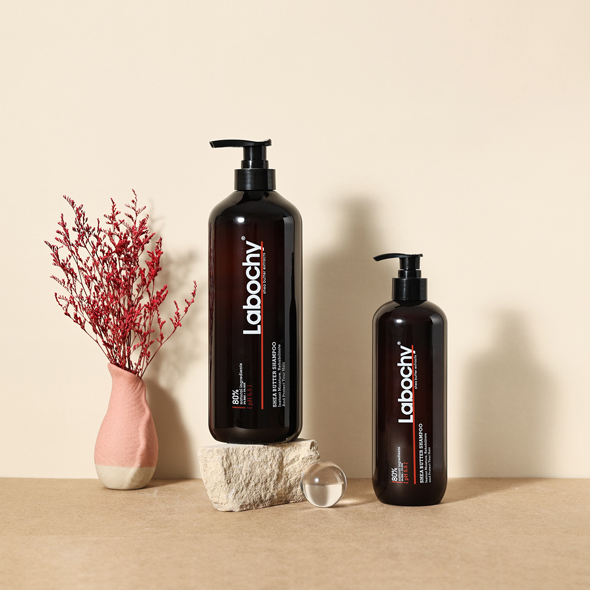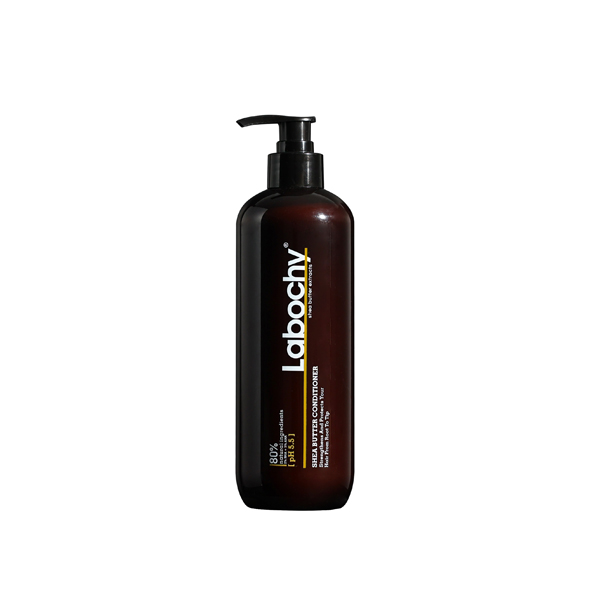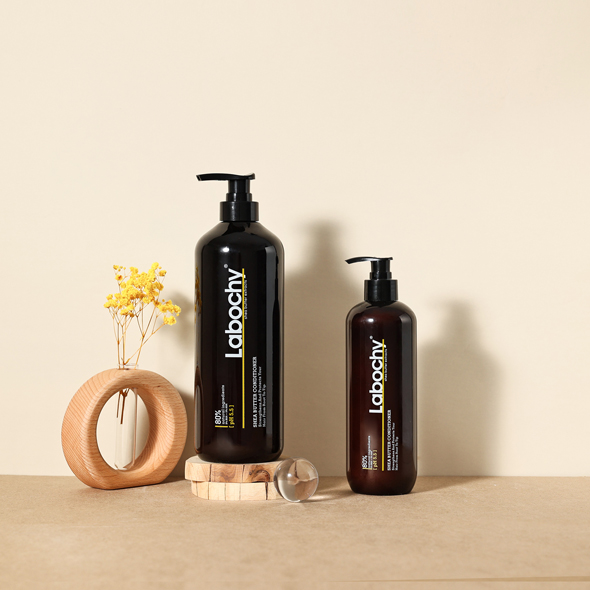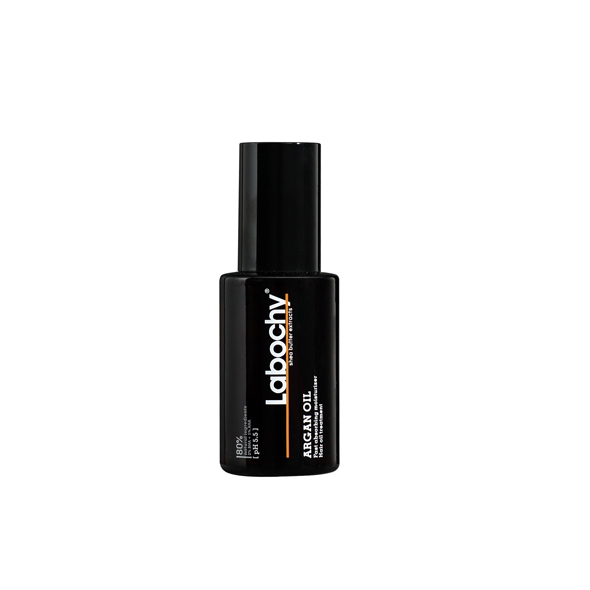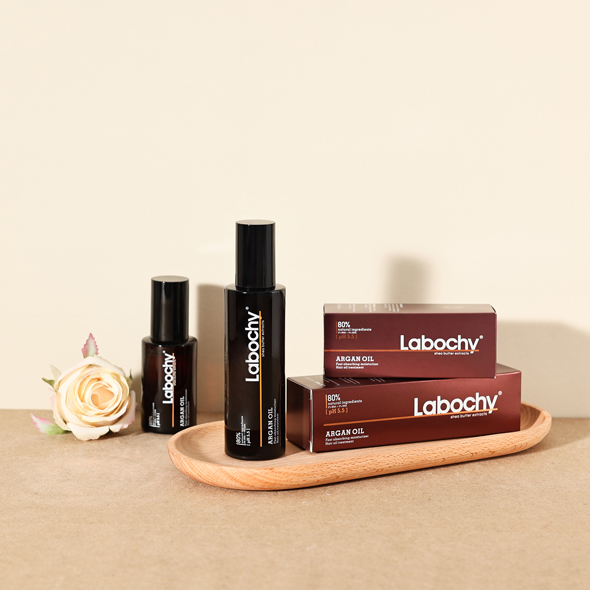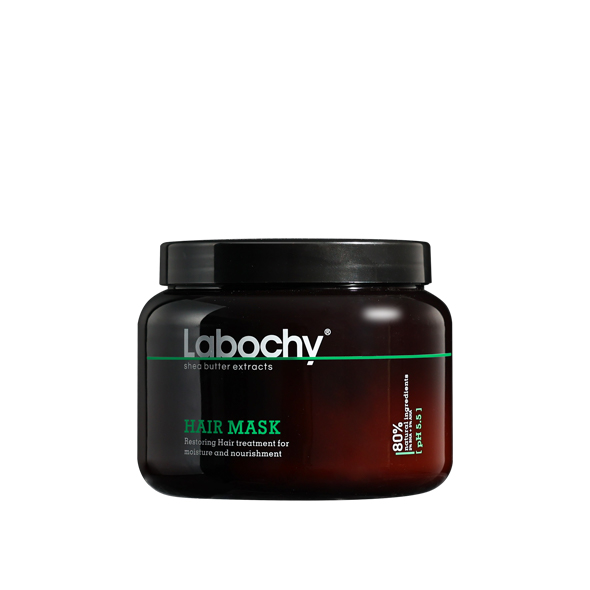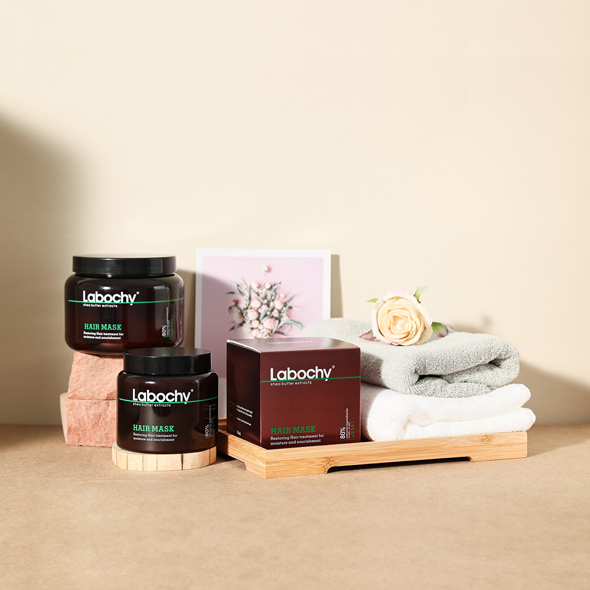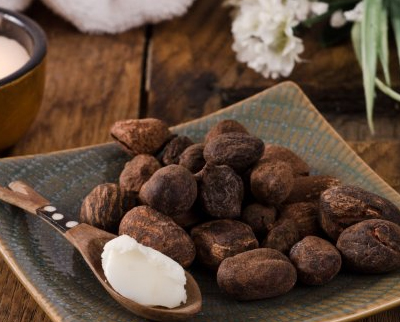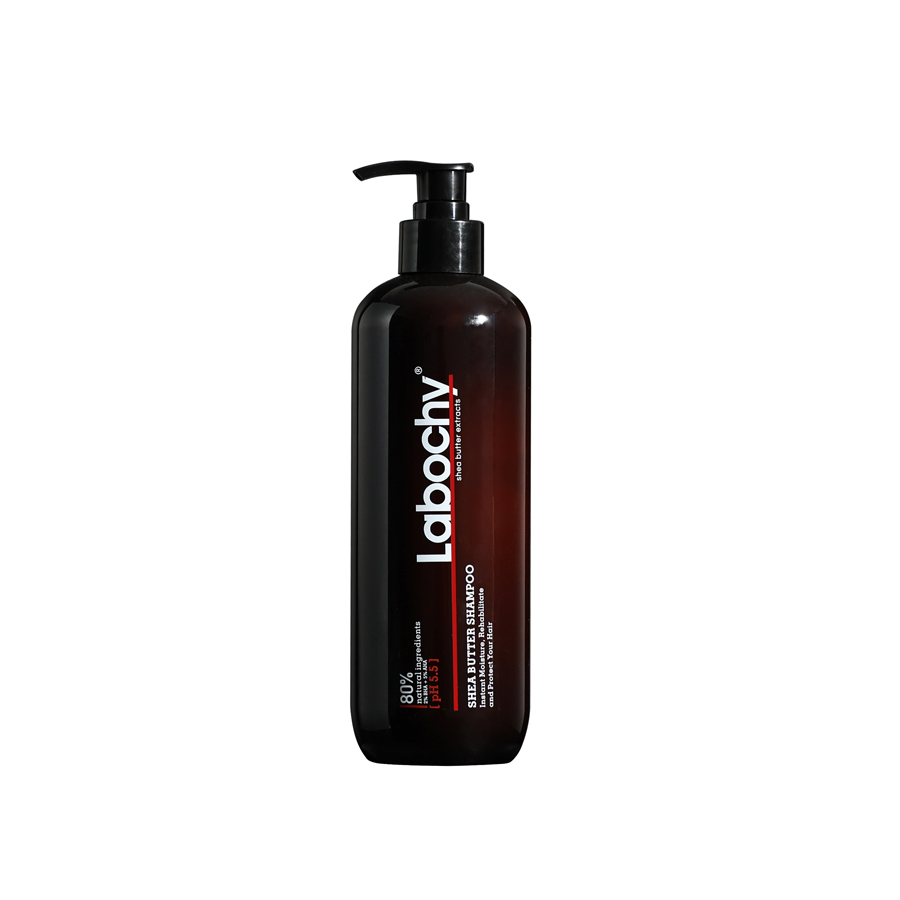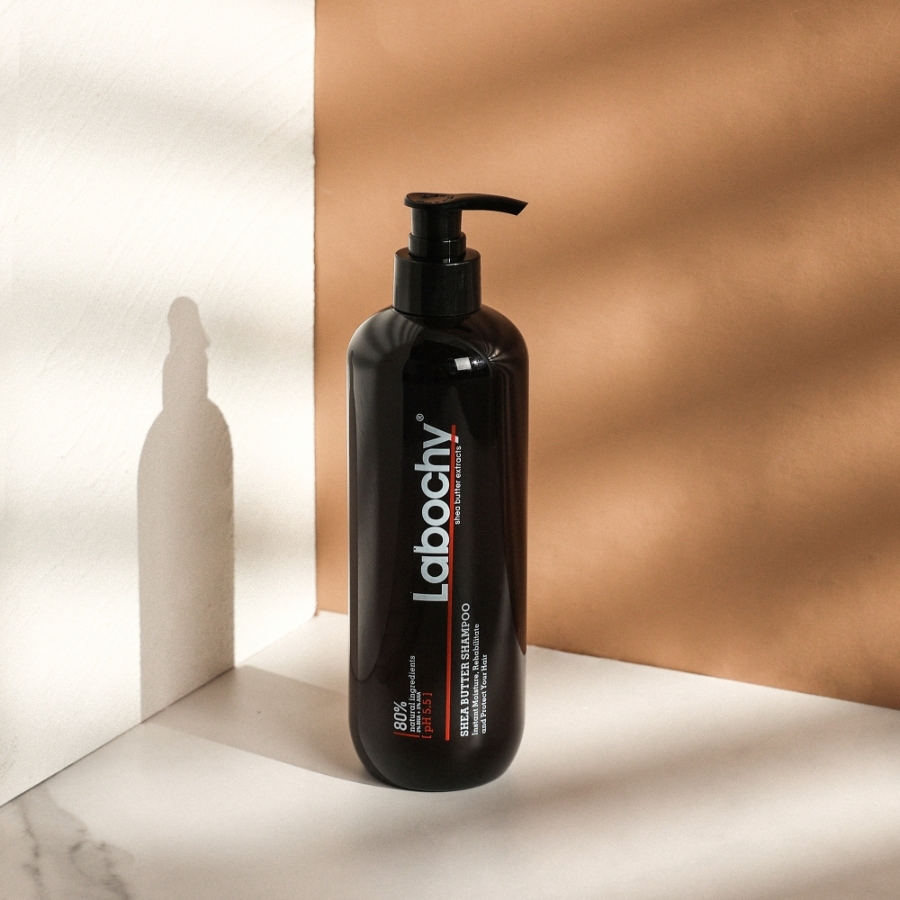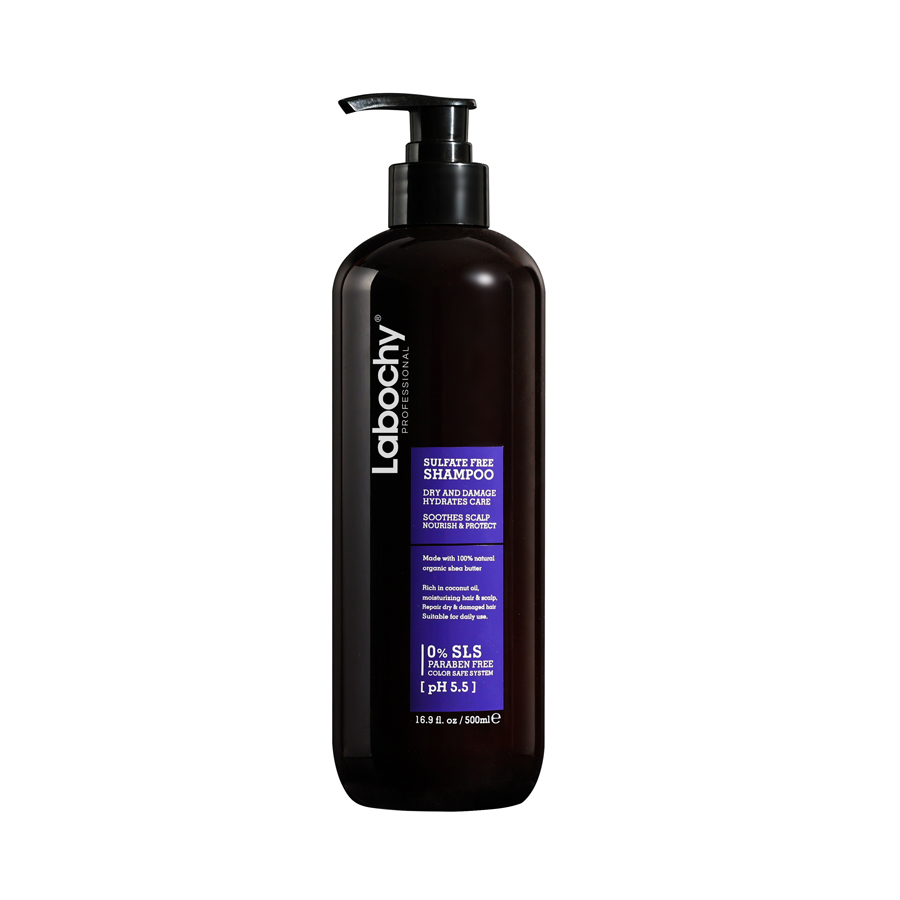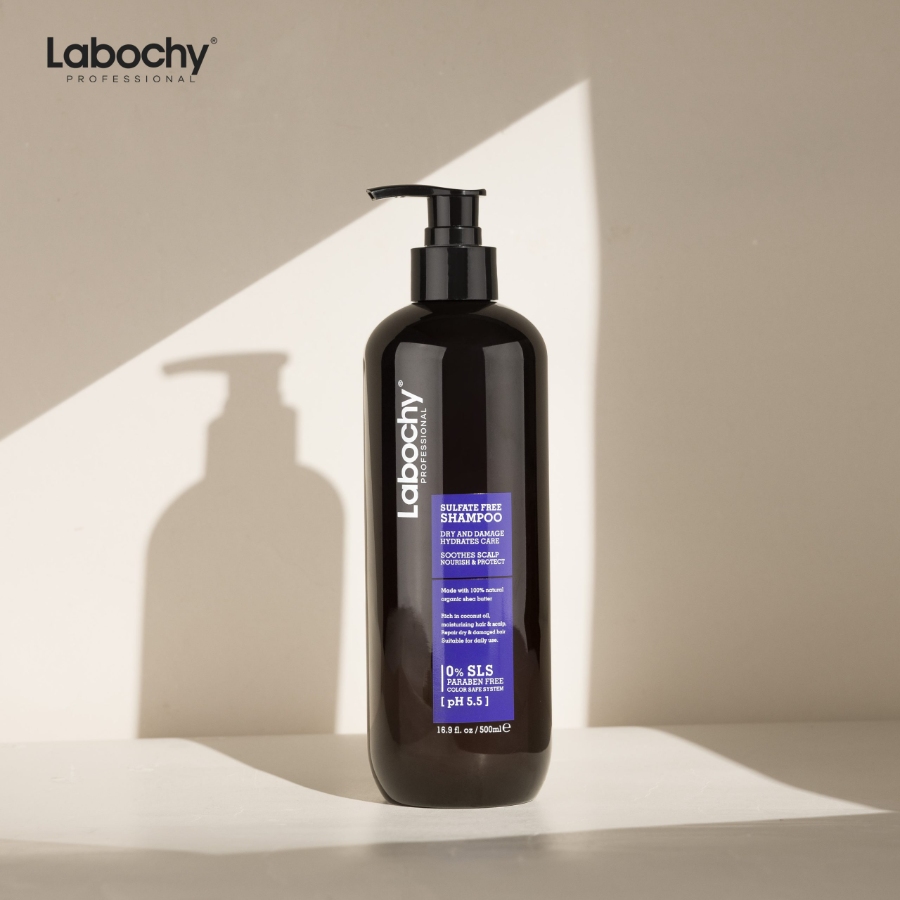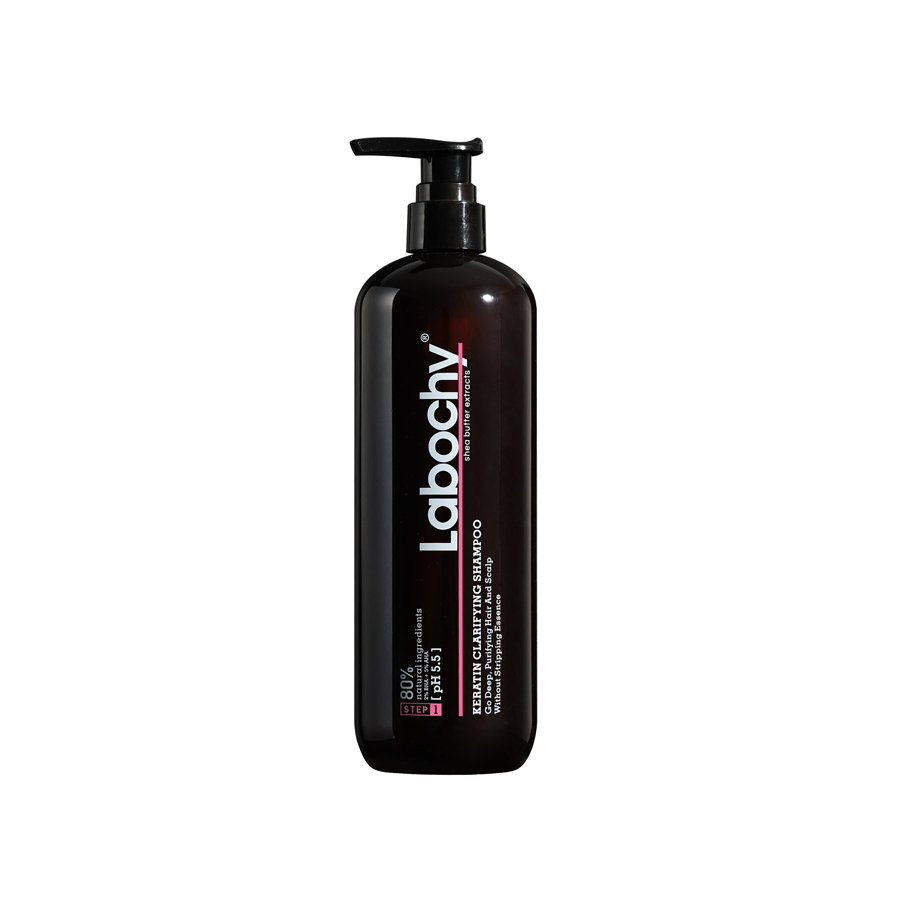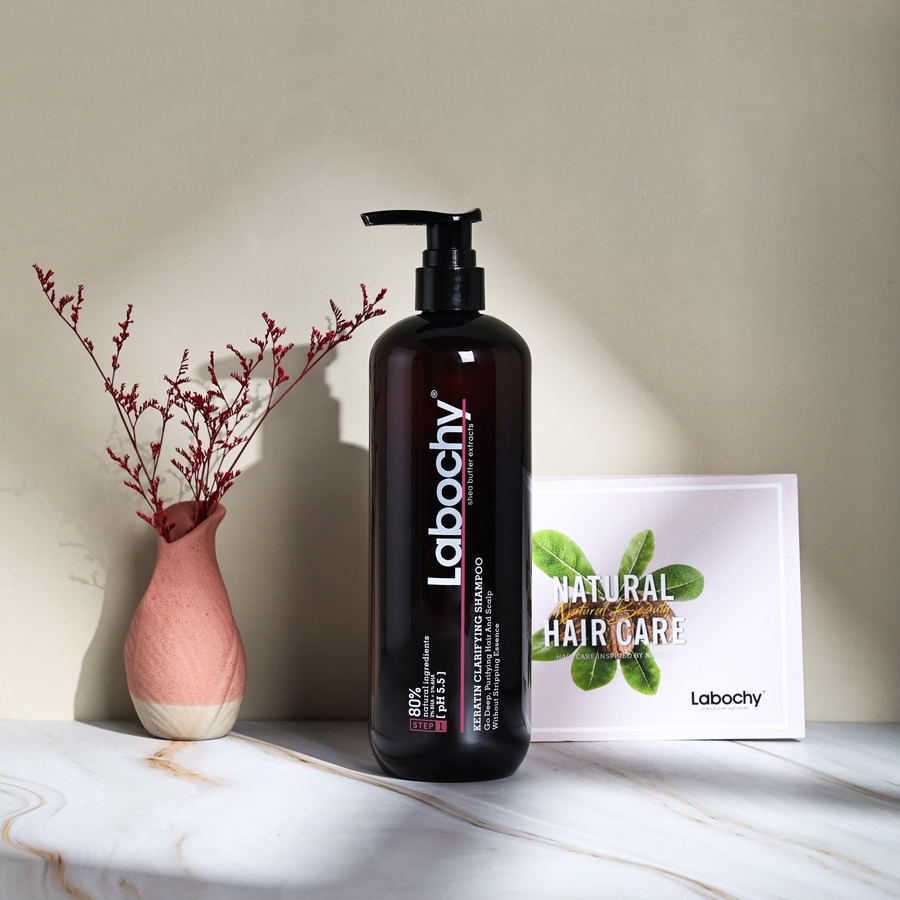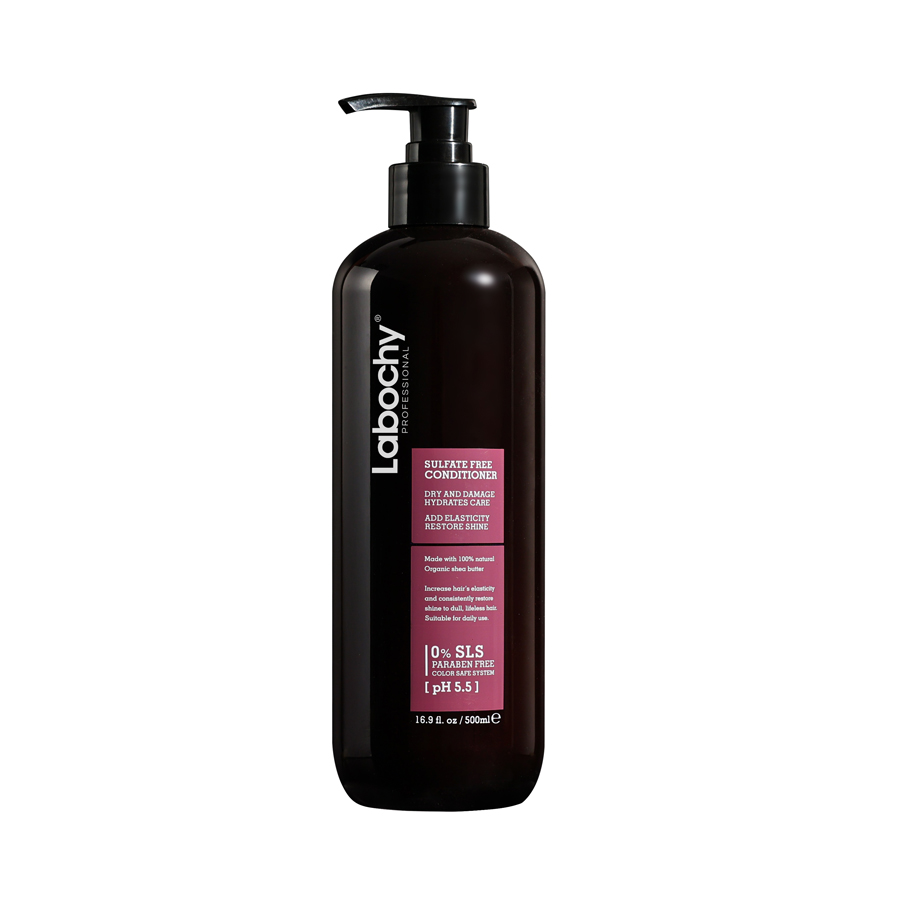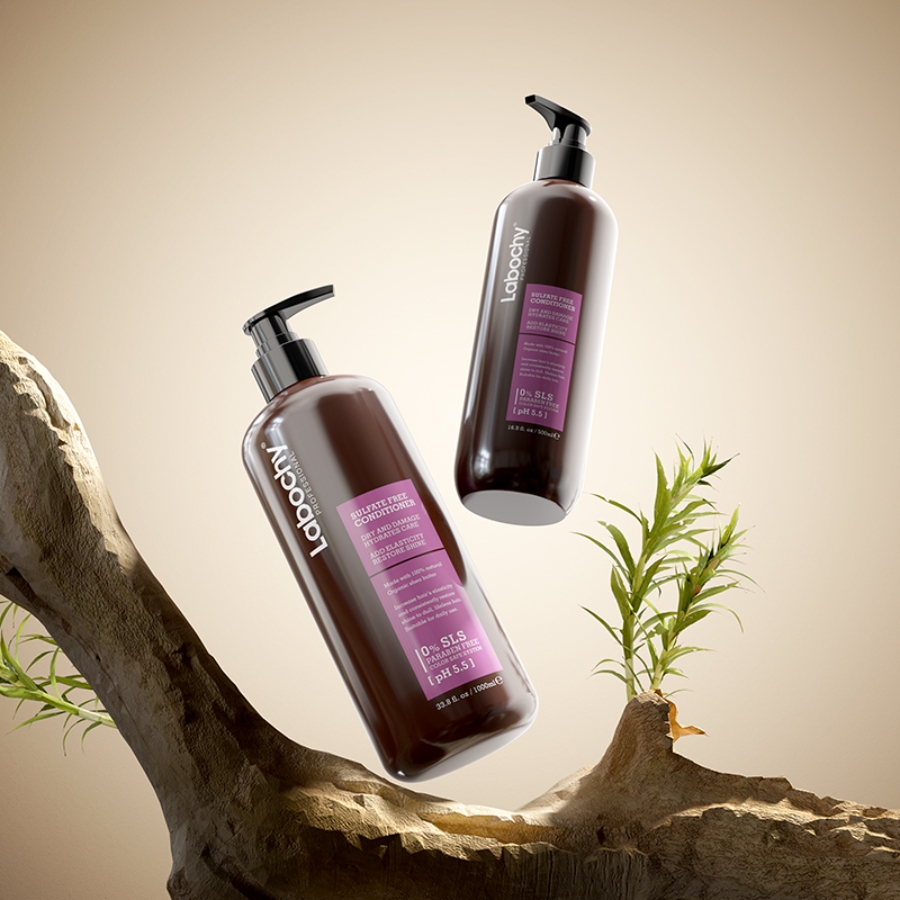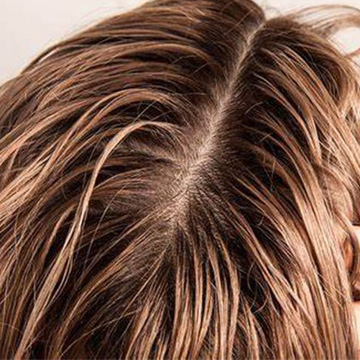
Overproduction of sebaceous glands in the scalp can cause hair to look greasy. Oily hair is a troublesome problem these days.
This will make our whole image bad, leading to a drop in self-confidence, and we usually choose to wear a hat to cover it up
But is this really advisable? Let’s get real about oily hair and how to get healthy, oily-balanced hair.
What Causes Oily Hair
Excessive sebum produced by the scalp is the main cause of oily hair. Some bad habits in life can lead to greasy hair, such as frequent exercise, infrequent shampooing or choosing the wrong hair products. Hormonal imbalances, genetics, diet, and environmental factors can all contribute to this overproduction of sebum. Hormonal fluctuations during puberty, menstruation, or pregnancy can trigger an increase in sebum secretion. Genetic predisposition can also be influential. Furthermore, consumption of fatty and oily foods can stimulate sebum production, and environmental conditions such as high humidity, excessive heat, and pollution can worsen the condition.
bad impact
Excessive oil production in hair can cause multiple problems beyond its outward appearance. The surplus sebum rests on the scalp, obstructing the hair follicles and resulting in various scalp conditions including but not limited to dandruff, scalp acne, and itchiness. Oily hair is vulnerable to accumulating dirt, dust, and pollutants that can worsen scalp issues and ultimately lead to hair breakage. Furthermore, It can negatively impact an individual’s self-image, instigating feelings of embarrassment or self-awareness in both social and business environments.
Prevention of Oily Hair
To address oily hair, inherent genetic and hormonal factors may be beyond control. Nevertheless, preventative measures can be taken by individuals. Foremost, proper scalp hygiene must be maintained. Regular washing of hair with mild, pH-balanced shampoo can aid in removing excess sebum and impede buildup. However, excessive washing should be avoided, as it can trigger sebum production in the sebaceous glands. Secondarily, a balanced diet inclusive of fruits, vegetables, and lean proteins can regulate sebum production. Abstaining from fatty and fried foods is likewise recommended. As a final point, safeguarding hair from excessive heat and humidity by utilizing heat-protectant sprays and avoiding hot styling tools can prohibit the scalp from becoming oily.
how to control
To maintain manageable, non-greasy hair, it is important to establish a consistent hair care routine. Utilizing clarifying shampoo once a week is a helpful measure for removing excess oil and product buildup. However, it is crucial to exercise moderation as frequent use can strip away natural oils, consequently resulting in further oil production and dryness. Moreover, applying a lightweight, oil-free conditioner solely to the hair ends can help impede the scalp from becoming oily.
As a temporary fix in managing oily hair, shampoo serves as an effective solution, absorbing excess oil and adding volume to the hair. An efficient method would be to apply the product to the roots and gently massage it onto the scalp, restoring the hair’s refreshed appearance.
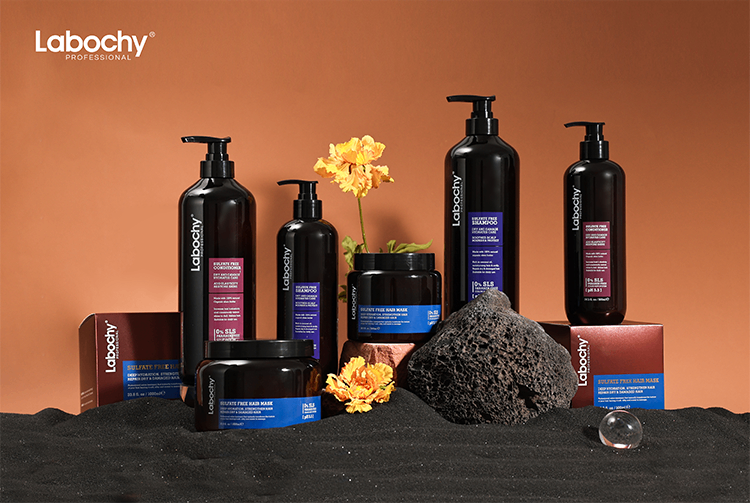
Excessive touching or brushing of the hair throughout the day should be avoided to regulate oil production. Too much brushing excessively stimulates the sebaceous glands resulting in the distribution of oil throughout the hair.
Individuals experiencing oily hair may find it to be a vexing condition. However, by employing suitable preventive measures and control techniques, its effects can be mitigated. Gaining an understanding of the underlying causes, as well as establishing a consistent hair care regimen, can aid in maintaining a healthy scalp and hair, which in turn promotes confidence and overall wellness.
YOU MAY ALSO LIKE

100% Official & Genuine
SMOOTH HAIR SPEAKS LOUDER THAN WORDS-
Australia's Raw Materials
Safe And Effective
-
Shea Butter
Natural Formula
-
Contact Us


